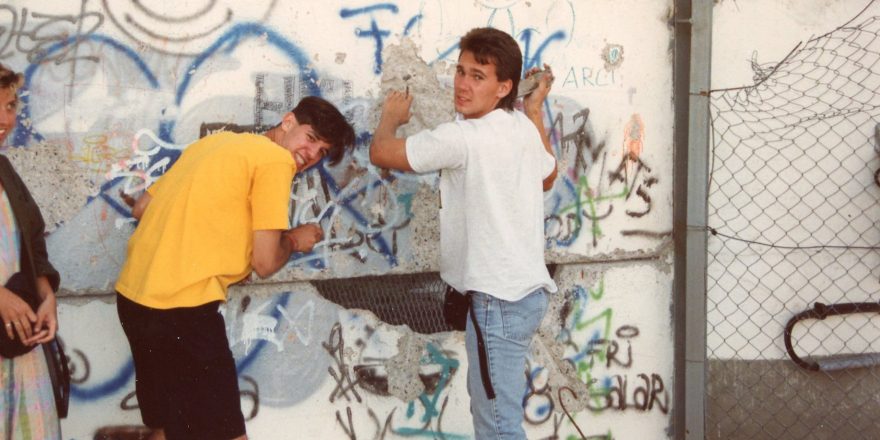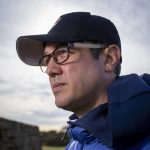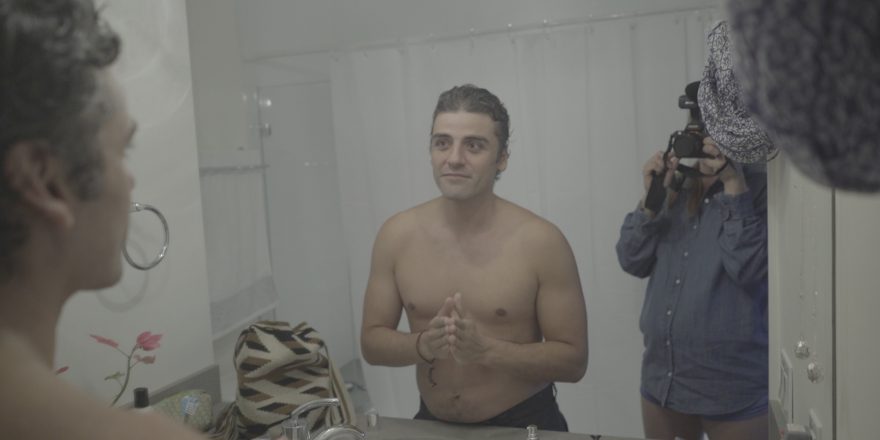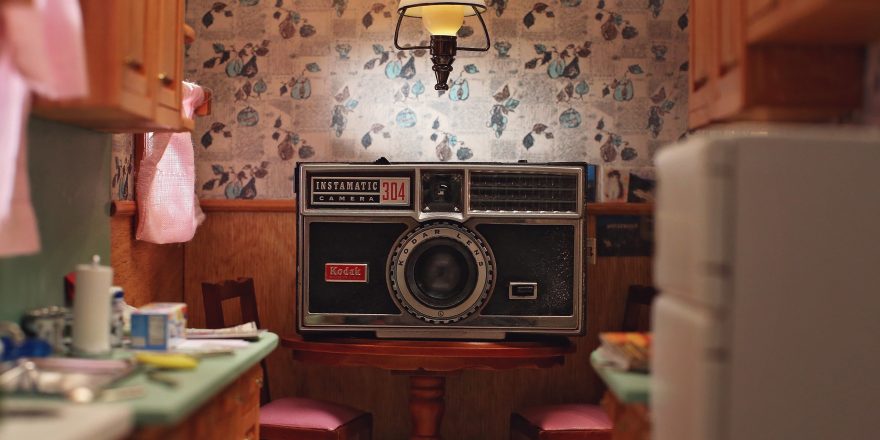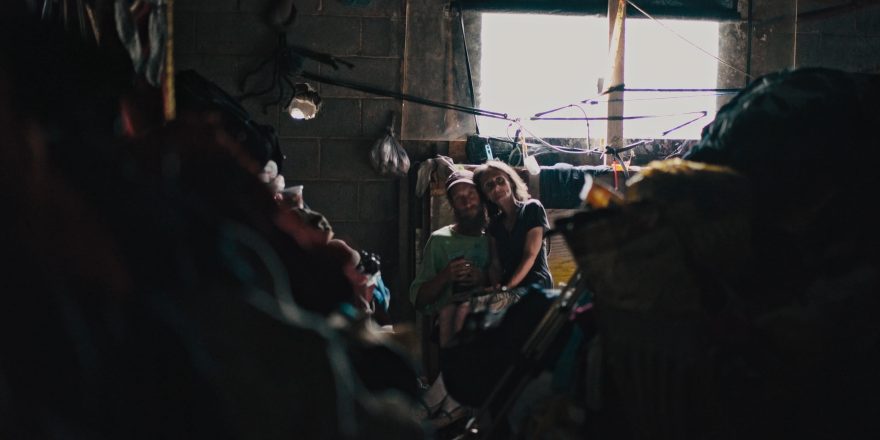By the time I graduated from high school, the most cherished objects I owned were a portable Sony tape recorder and a stockpile of four dozen audio cassettes that froze in time the conversations, experiences and buffoonery of my band of misfit friends.
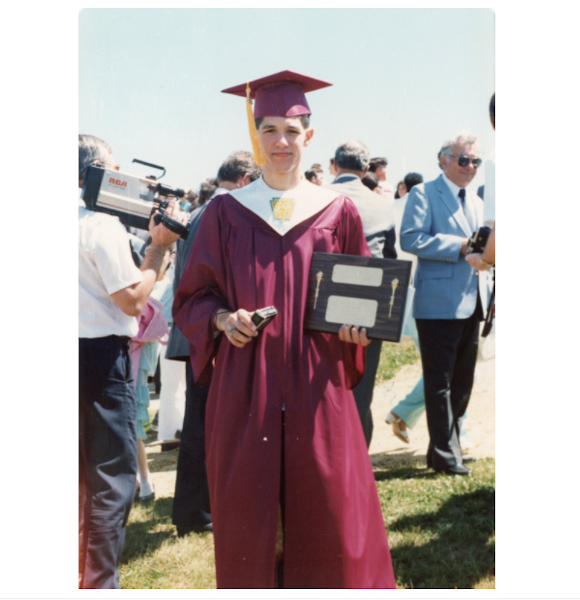
The recordings began on a whim the previous summer during a trip to Montreal, and quickly grew into an obsession. Something deep inside compelled me to record, collect and preserve my personal present for the future. As we lumbered through our senior year, my friends became as annoyed with my tape recorder as they were amused by it, likely because I deemed no event too insignificant to save for posterity: my first cup of French onion soup at the Dynasty Diner? Recorded. The moment I was forced to get a haircut after the school’s Dean of Discipline said mine “violated school mores”? I’ve got the audio. What did a jar of “TAKABOOST” inside our basement refrigerator sound like? Documented. What arguments did I muster against Ronald Reagan’s “Strategic Defense Initiative” during a political science debate? Let’s go to the tape.
Those youthful voices and silly-antic soundtracks of my past now sit by the hundreds, locked inside a 1963 Civil Defense storage barrel I recovered from the bomb shelter beneath the classroom where I studied high school German.
A few weeks into the pandemic, I began digitizing the collection and quickly understood the frustration friends expressed with my “record everything” mentality. Nearly 200 audio cassettes? Posterity certainly would have been fine with just five, maybe 10. And yet, as I sifted through all the noise, many gems came to the surface: a conversation with my paternal grandfather revealed his 1918 influenza pandemic experience in Philadelphia. Another with my maternal great-uncle recovered stories of World War II combat and malaria in the Philippines. My maternal great-grandmother recalled the day in Italy that her future husband publicly declared his “ownership” of her by physically pulling her out of a religious procession before a competitor was able to do the same. Maybe my “record everything” mentality was worth it after all? History large and small … personalized in their own voices … forever locked in waveforms.
As those voices filled my headphones, I closed my eyes and traveled back in time, imagining what it might have sounded like if they had been the ones to record everything for posterity. Would I want to wade through just five or 10 of their tapes? Or would I want 200? I then moved forward in time to my unknown descendants and wondered what they might make of my tapes. I’ve always understood history to be a composite of all the singular experiences of those who took part in any given event or time period. Sure, I wasn’t in World War II, nor had I, up to that point, lived through a global pandemic. But I had to have something more to offer them than the first time I ever had French onion soup.
Perhaps my brush with the end of the Cold War would do the trick?
That happened on my first trip to Europe, in the summer of 1990. As a History and German major at Villanova University, I signed up for a German language program in Freiburg, West Germany. What an exciting time to be there. Eastern Europe had just witnessed a sweeping popular revolution and, in a geopolitical move filled with historical consternation, Germany’s boundaries were once again to expand.
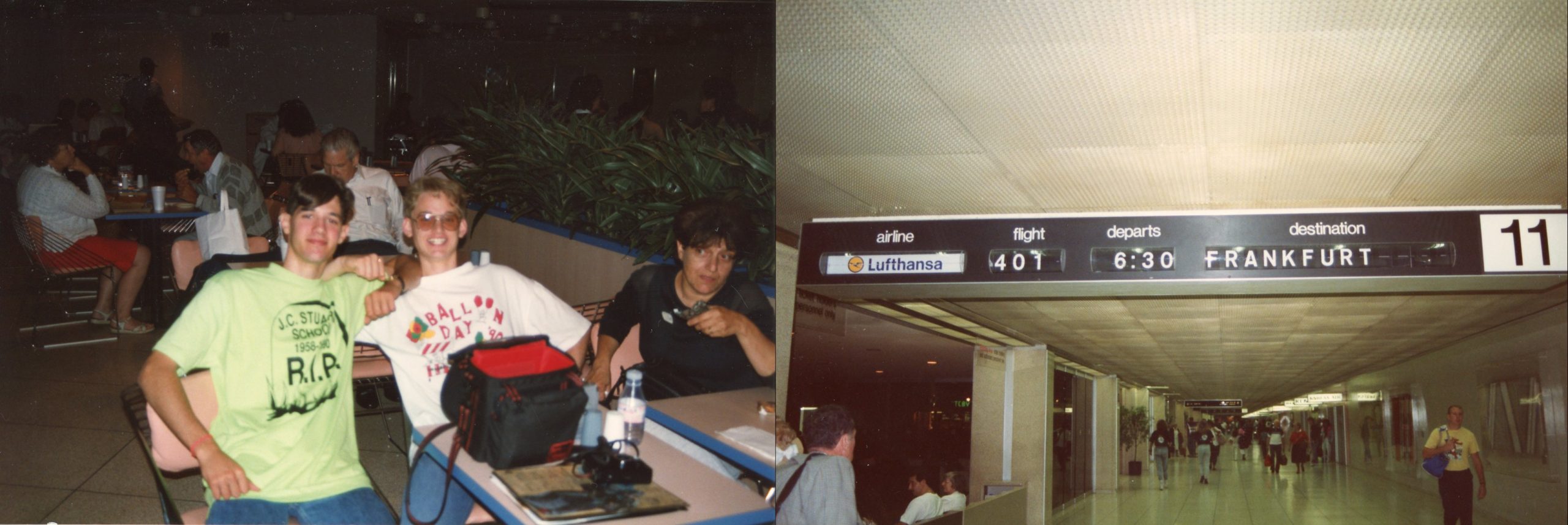
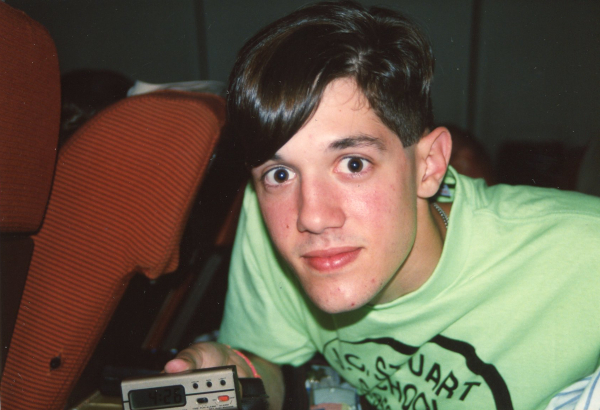
Before I left for Germany – with tape recorder in hand – family and friends requested that I bring back souvenirs of the Berlin Wall. I was way ahead of them. I had already planned for pieces of that divisive historical symbol to be among the main keepsakes of my trip. Our professor, Franz Birgel, was able to squeeze in a short visit to the still-technically divided city. The anticipation of seeing Berlin, its history and the Wall grew by the day.
On July 19th, after eight days in Germany, we boarded an overcrowded train for Berlin. The seats and corridors were filled with concert-goers eager for Roger Waters’ The Wall – Live in Berlin concert, which was taking place that weekend. Yes, we would be attending as well, but truth be told, I would have rather been spending my time exploring the city than sitting among an anticipated crowd of 200,000 Pink Floyd revelers.

As we searched for vacant seats, we arrived in a baggage car littered with packages, suitcases and bicycles. A train conductor told us that if we could make some room there, he’d allow us to camp out. Franz was not thrilled by the thought of spending the 500-mile, 13-hour overnight journey to Berlin in the baggage car, but we insisted. “Wir bleiben hier, wir bleiben hier!” we chanted. “We’re staying here!”
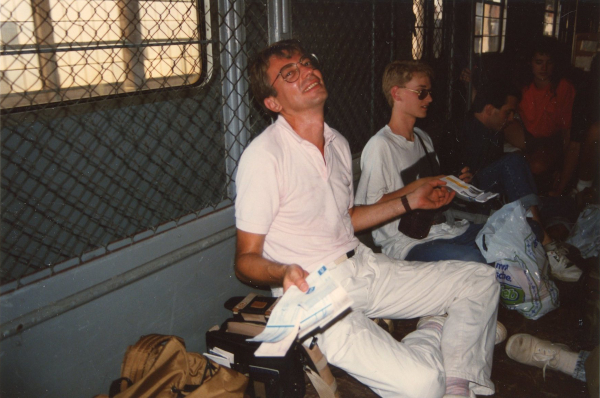

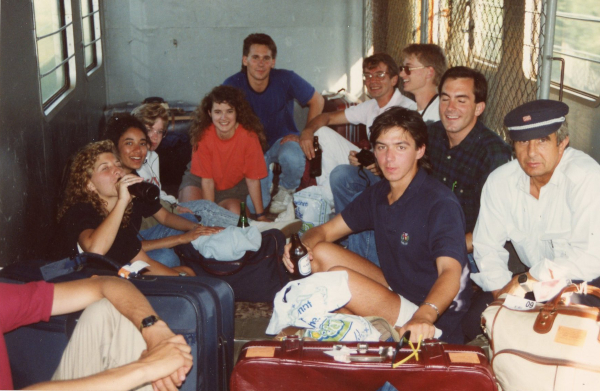
The first couple of hours were filled with talk about how we had snagged the best seats on the train. As we sped towards Berlin, those conversations wore thin.

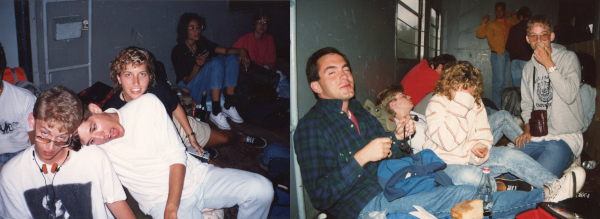
We pulled into Berlin around seven in the morning, but since we couldn’t get into our hotel until 12 p.m., we toured – or rather sleepwalked – around the vicinity of the train station, before crashing in a proper bed.
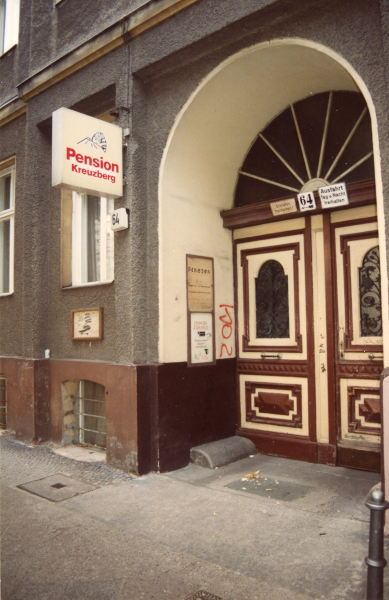
I thought I’d get my first shot at the Berlin Wall after dinner that evening when we walked to the Brandenburg Gate, where some of the most well-known Wall photos had been taken. But the Wall, which had barred the West’s access to the monument for 28 years, had already been dismantled at this spot. The only trace was a scar along the path where it once stood. Scheiße! In my discontent, I bought a small pack of chipped concrete that an on-the-spot vendor swore was broken off the real Wall. When I showed the others, I quickly became the group’s laughingstock. Franz quieted them: “If Anthony believes they are real pieces of the Berlin Wall, who can say otherwise?”
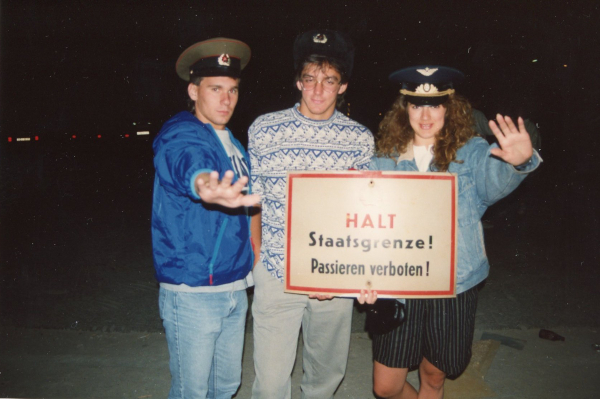
The next day, while walking from our hotel to the Roger Waters concert in Potsdamer Platz, I kept an eye out for any standing sections of the Wall. It didn’t take long to find one – but we’d have to come back the next day, since the concert would go late into the evening. I made a mental note of its location and carried on. For me, one of the highlights of the concert was meeting a couple who said we’d definitely find local Berliners along stretches of the Wall renting hammers for tourists to use to chip away at the Wall.
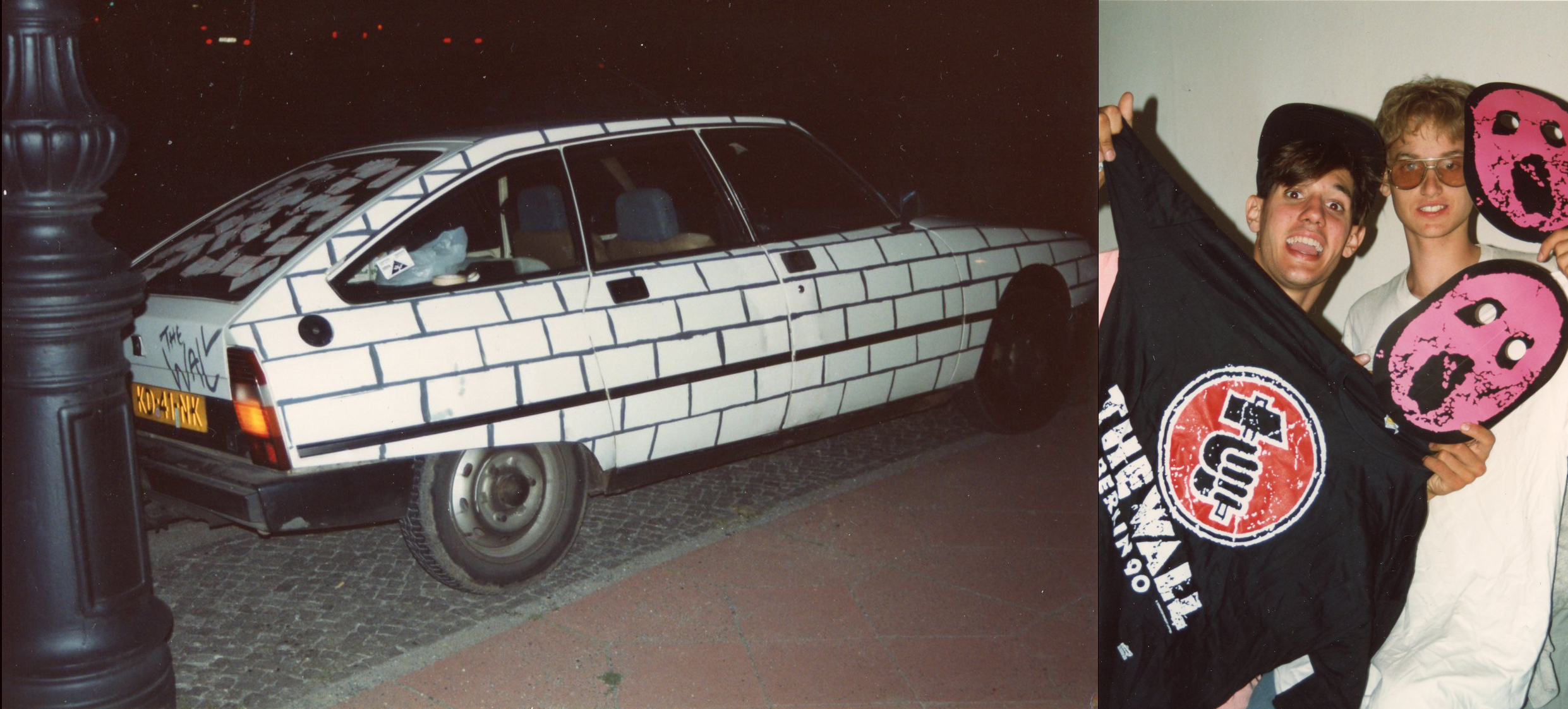
The following afternoon, I led the group back to where I’d spotted the Wall. I was disappointed not to find hammer-renting locals on site, but Jim Brown from our group just picked up a rock and started banging. It was an incredible moment. I could actually feel Cold War history flowing from the Wall into my tape recorder, a real-time preservation for those who would come after us. And yet, as we stuffed broken and jagged pieces of concrete into our pockets, an even more astonishing event happened next.
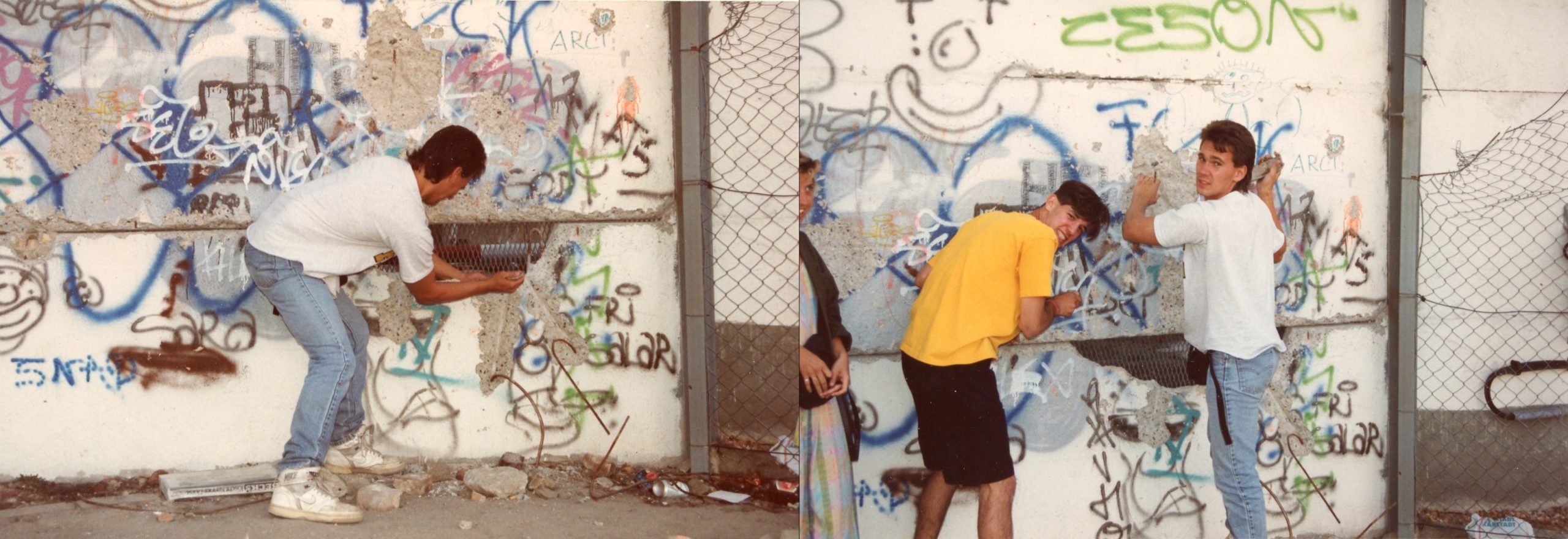
A uniformed German guard approached us, pointing at the Wall. I thought we were going to be arrested or fined for taking pieces without permission. Those fears quickly disappeared when he said in German: “I’m sorry, but this is not the Berlin Wall.”
Considering our blunder, the guard could not have been nicer. And yet we were quick to get away from him. I assume he had come from inside the building attached to that wall to investigate the pounding and I’ve often wondered if he’s passed down this story from his point of view. I hope he has! We located the real Wall a few minutes later and when we arrived, we were even greeted by a local offering to rent us tools to help secure our souvenirs of Berlin.
I’m still left wondering what my future descendants will make of this small Berlin adventure. Probably nothing more than a recognition that I was a minuscule speck in the grand mosaic of Cold War history. But that’s OK. Perhaps the deepest meaning is personal: it’s the realization that the passion for documenting events came naturally to me and that I’m fortunate to continue doing what I love by cataloguing personalities and voices of the present for the future.
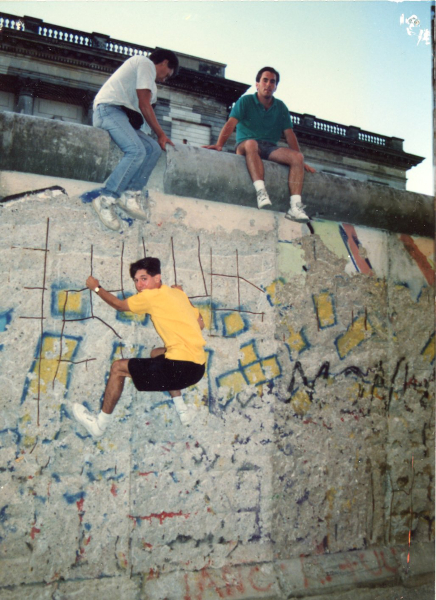
©2021 Time Travel Unlimited, LLC



